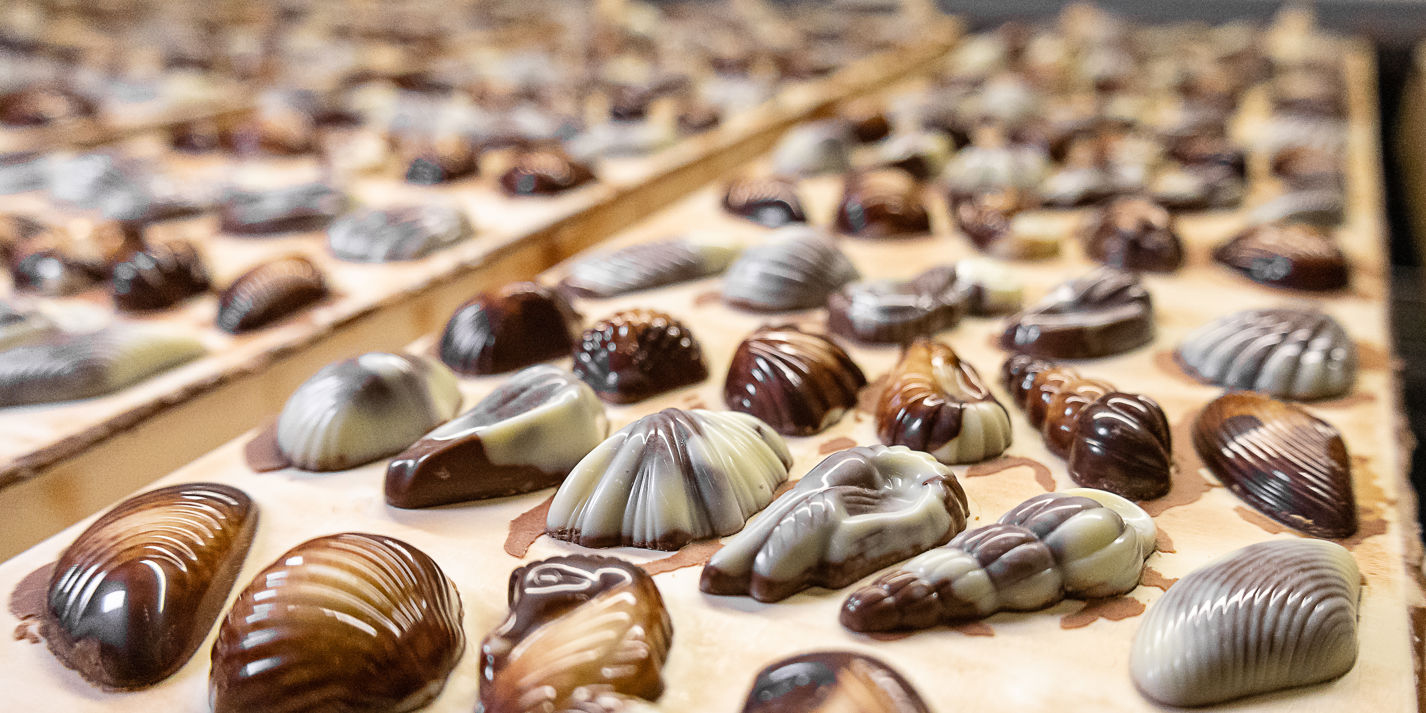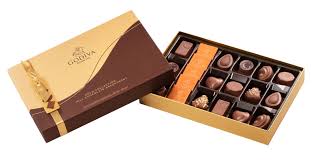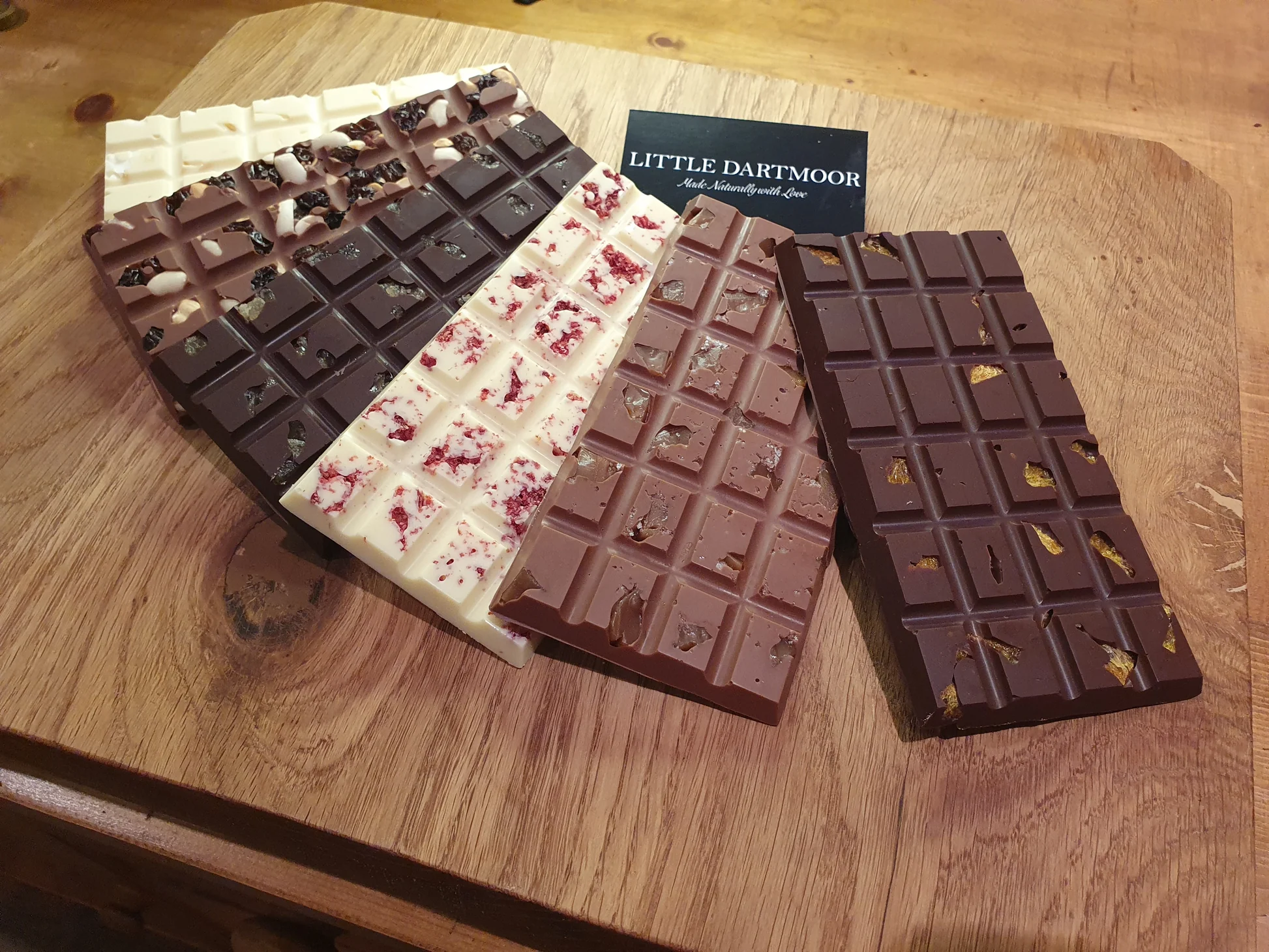Page Contents
ToggleBelgian chocolate is often celebrated as one of the finest and most luxurious treats in the world. Known for its rich flavors, velvety textures, and meticulous craftsmanship, Belgian chocolate has become synonymous with quality and sophistication. This article delves into the history, production methods, varieties, and cultural significance of chocolate.
The History of Belgian Chocolate

Belgian chocolate’s story begins in the 17th century when cocoa beans were first introduced to Europe from Central and South America. By the 19th century, Belgium had established itself as a major hub for chocolate production. The country’s strategic location and access to high-quality cocoa from its colonies, particularly in Africa, played a significant role in this rise.
In 1857, Jean Neuhaus opened a pharmacy in Brussels where he began coating medicines in chocolate to make them more palatable. This ingenious idea led to the creation of the praline in 1912, a filled chocolate that revolutionized the industry. Today, pralines remain one of the most iconic products of Belgian chocolatiers.
The Art of Chocolate Making
What sets Belgian chocolate apart is its dedication to traditional techniques and uncompromising quality standards. Belgian chocolatiers use only the finest ingredients, including high-quality cocoa beans, pure cocoa butter, and minimal additives. The chocolate-making process involves several key steps:
- Roasting and Grinding: Cocoa beans are roasted and ground to produce cocoa mass, the foundation of all chocolate products.
- Mixing and Refining: The cocoa mass is blended with sugar, milk (for milk chocolate), and other ingredients before being refined to achieve the desired texture.
- Conching: This crucial step involves kneading the chocolate mixture for hours to develop its smooth consistency and enhance its flavor.
- Tempering: The chocolate is carefully heated and cooled to ensure a glossy finish and proper texture.
Many Belgian chocolatiers continue to handcraft their products, emphasizing artistry and attention to detail.
Varieties of Belgian Chocolate
Belgian chocolate comes in a wide range of forms and flavors, catering to diverse tastes. Some of the most popular varieties include:
- Pralines: These filled chocolates are a hallmark of Belgian confectionery. They come with various fillings, such as ganache, caramel, nuts, or fruit creams.
- Truffles: Rich and decadent, truffles are coated in cocoa powder, nuts, or chocolate, with a creamy center.
- Tablets and Bars: chocolate bars are known for their high cocoa content and pure taste, available in dark, milk, and white chocolate varieties.
- Drinking Chocolate: A luxurious way to enjoy Belgian chocolate, drinking chocolate is a thick, rich beverage made from melted chocolate and milk.
Famous Belgian Chocolate Brands

Belgium is home to some of the world’s most renowned chocolate brands. Neuhaus, Godiva, and Leonidas are just a few slot gacor names that have become global ambassadors of Belgian chocolate. Each brand brings its unique flair, from Neuhaus’s elegant pralines to Godiva’s luxurious gift boxes and Leonidas’s accessible yet high-quality offerings.
Artisan chocolatiers also play a significant role in preserving Belgium’s chocolate heritage. Small, family-run businesses often produce unique and innovative creations that reflect local traditions.
Cultural Significance of Chocolate in Belgium
In Belgium, chocolate is more than just a treat—it’s a symbol of national pride. The country has over 2,000 chocolatiers, and chocolate shops can be found on nearly every street corner. Chocolate-making is considered an art form, and chocolatiers are regarded as highly skilled craftsmen.
Belgium also hosts numerous chocolate festivals and events, such as the Salon du Chocolat in Brussels, where visitors can explore the latest trends, attend workshops, and taste exquisite creations. The Chocolate Museum in Bruges provides an in-depth look at the history and craftsmanship of chocolate, making it a must-visit for enthusiasts.
Belgian Chocolate in Modern Times
Despite its traditional roots, Belgian chocolate continues to evolve to meet contemporary demands. Many chocolatiers are now focusing on sustainability, using fair trade cocoa and environmentally friendly packaging. Innovative flavors and ingredients, such as sea salt, exotic spices, and plant-based options, have also gained popularity.
Belgian chocolate has become a global phenomenon, with exports reaching every corner of the world. However, the commitment to quality and authenticity remains steadfast, ensuring that the reputation of Belgian chocolate is upheld.
How to Enjoy Belgian Chocolate

To fully appreciate Belgian chocolate, it’s important to savor it mindfully. Here are some tips for experiencing its rich flavors:
- Choose High-Quality Products: Look for chocolates made with pure cocoa butter and a high cocoa content.
- Savor Slowly: Allow the chocolate to melt in your mouth to release its complex flavors.
- Pair with Beverages: Belgian chocolate pairs well with coffee, wine, or even a fine whiskey for an elevated experience.
The Global Influence of Belgian Chocolate
Belgian chocolate has left an indelible mark on the culinary world. Its techniques and standards have influenced chocolate makers worldwide, setting a benchmark for excellence. Many countries now draw inspiration from Belgian chocolate, incorporating its methods into their own chocolate traditions.
The global recognition of Belgian chocolate has also boosted tourism in Belgium. Visitors from around the world flock to cities like Brussels, Bruges, and Antwerp to explore chocolate shops, attend workshops, and indulge in this quintessential Belgian delicacy.
Conclusion
Belgian chocolate is a testament to the country’s rich history, dedication to craftsmanship, and passion for quality. Whether enjoyed as a simple chocolate bar, a box of pralines, or a cup of hot chocolate, it offers an unparalleled sensory experience. For chocolate lovers, Belgian chocolate is more than just a treat—it’s an invitation to savor a piece of history and artistry that continues to captivate the world.




